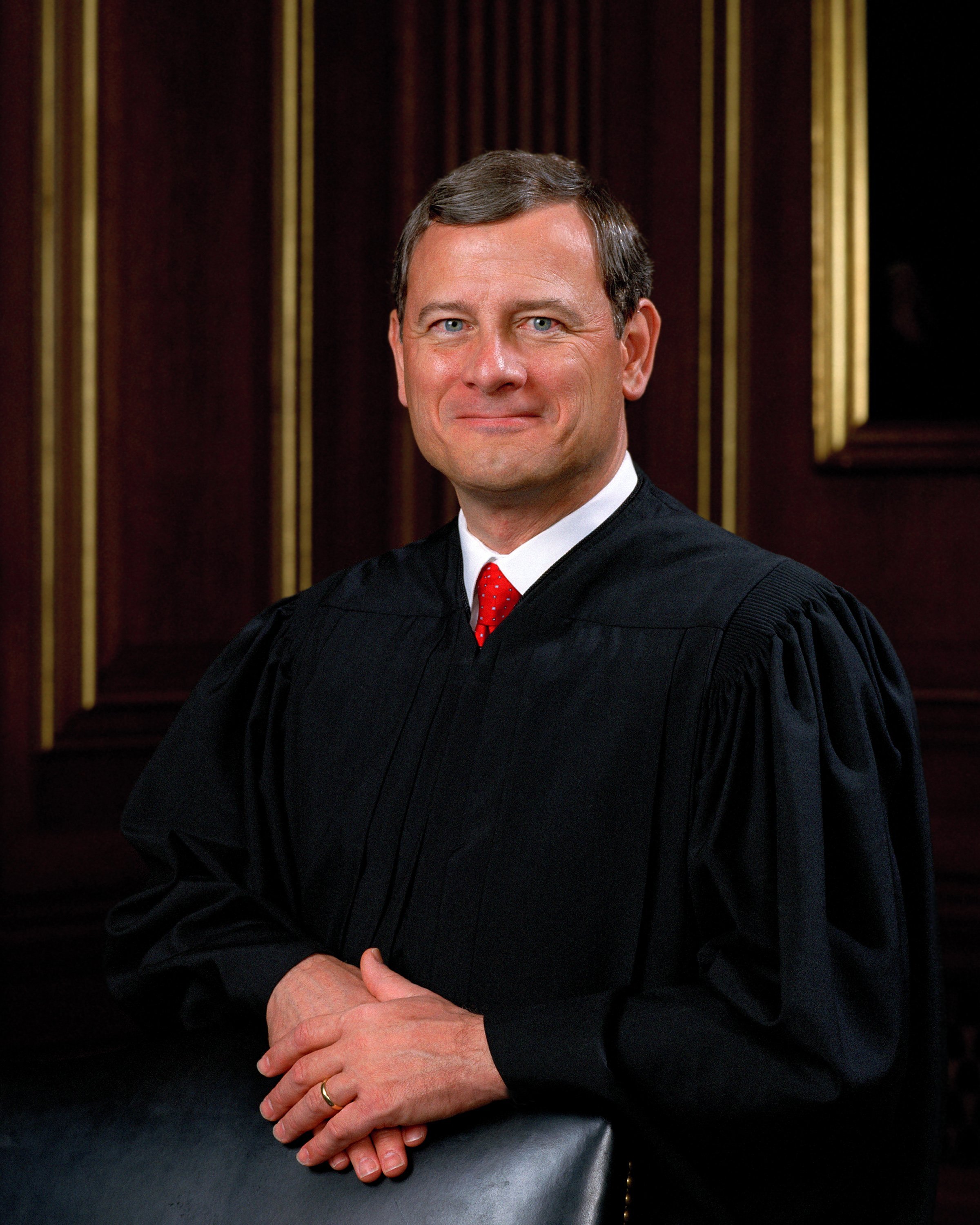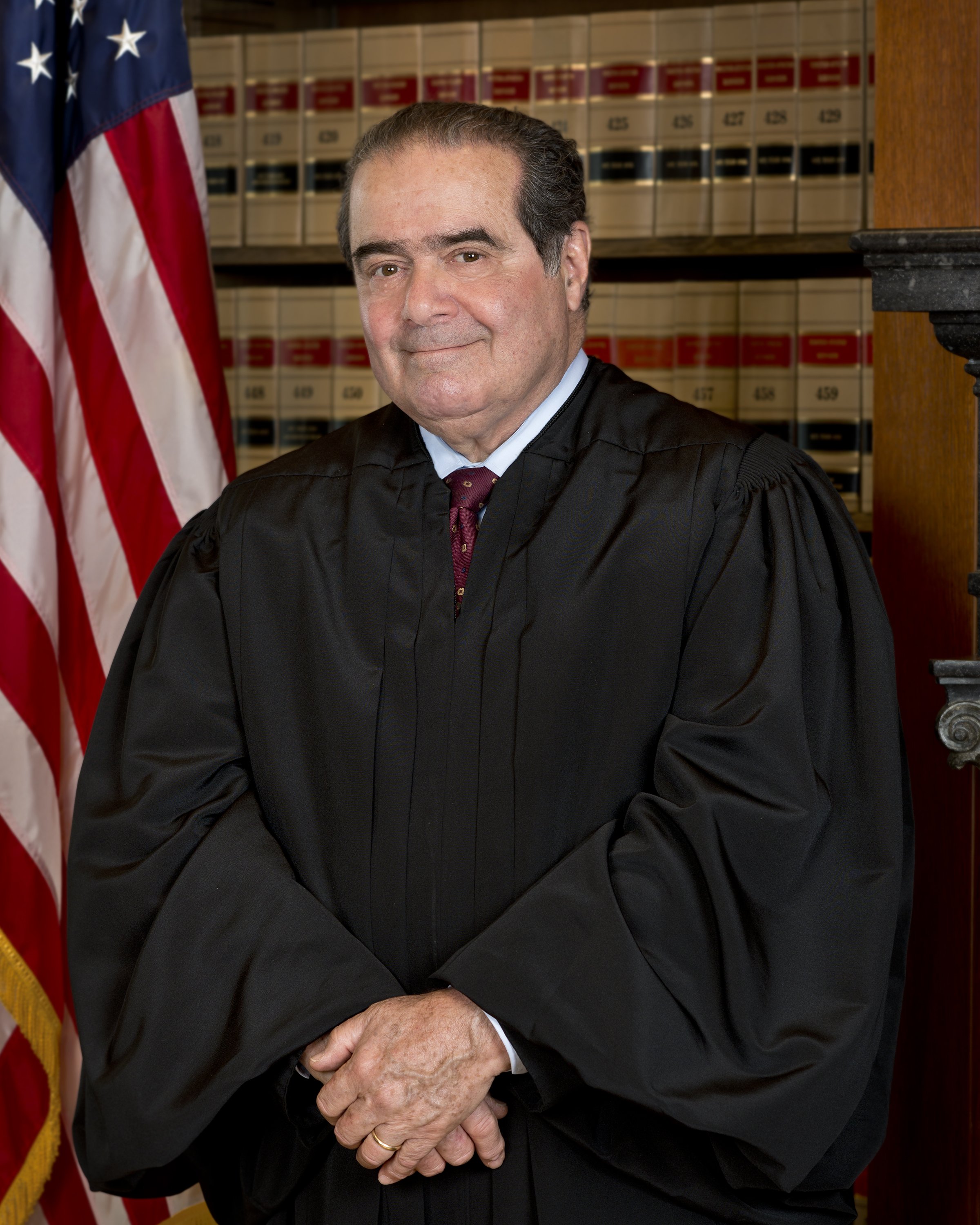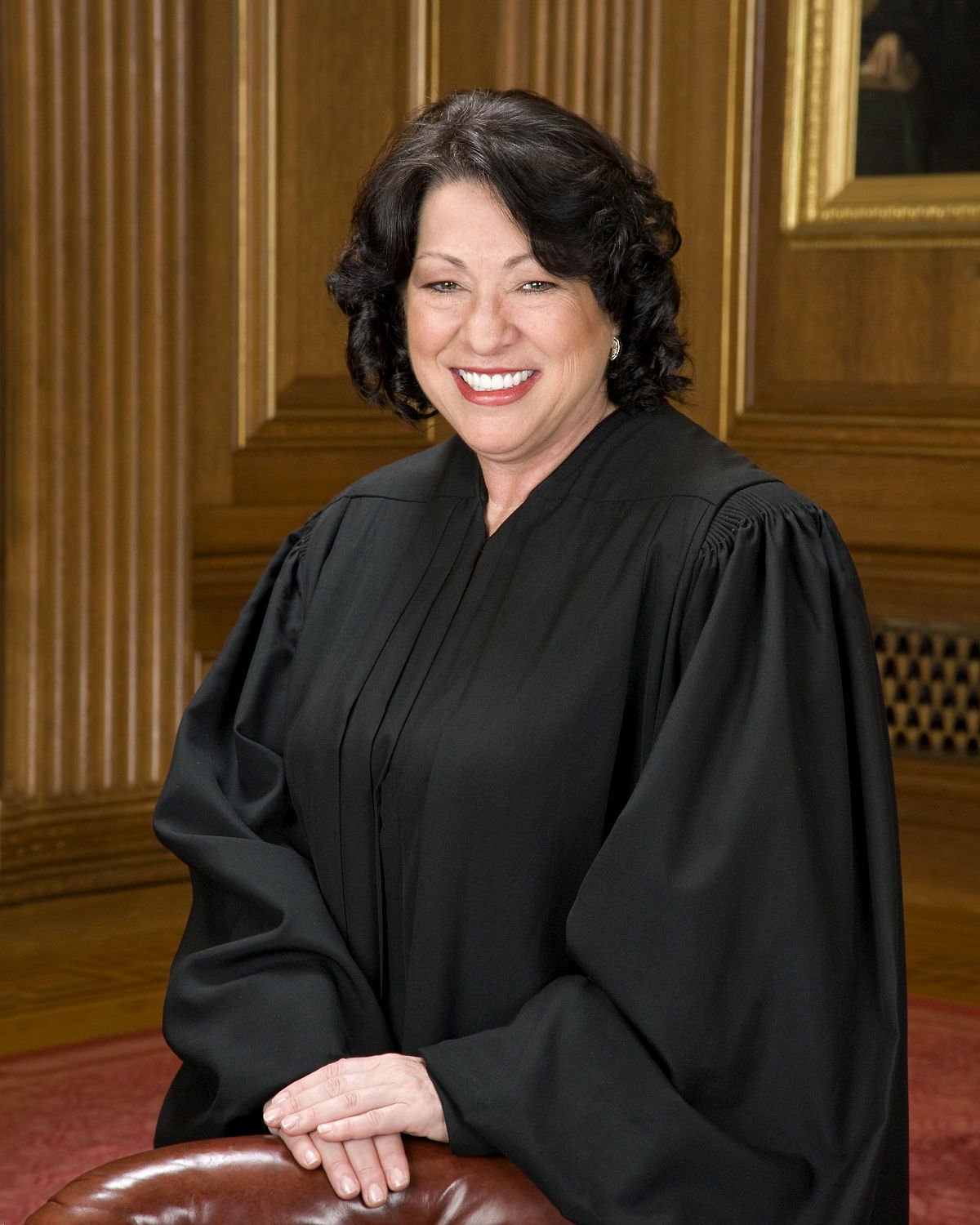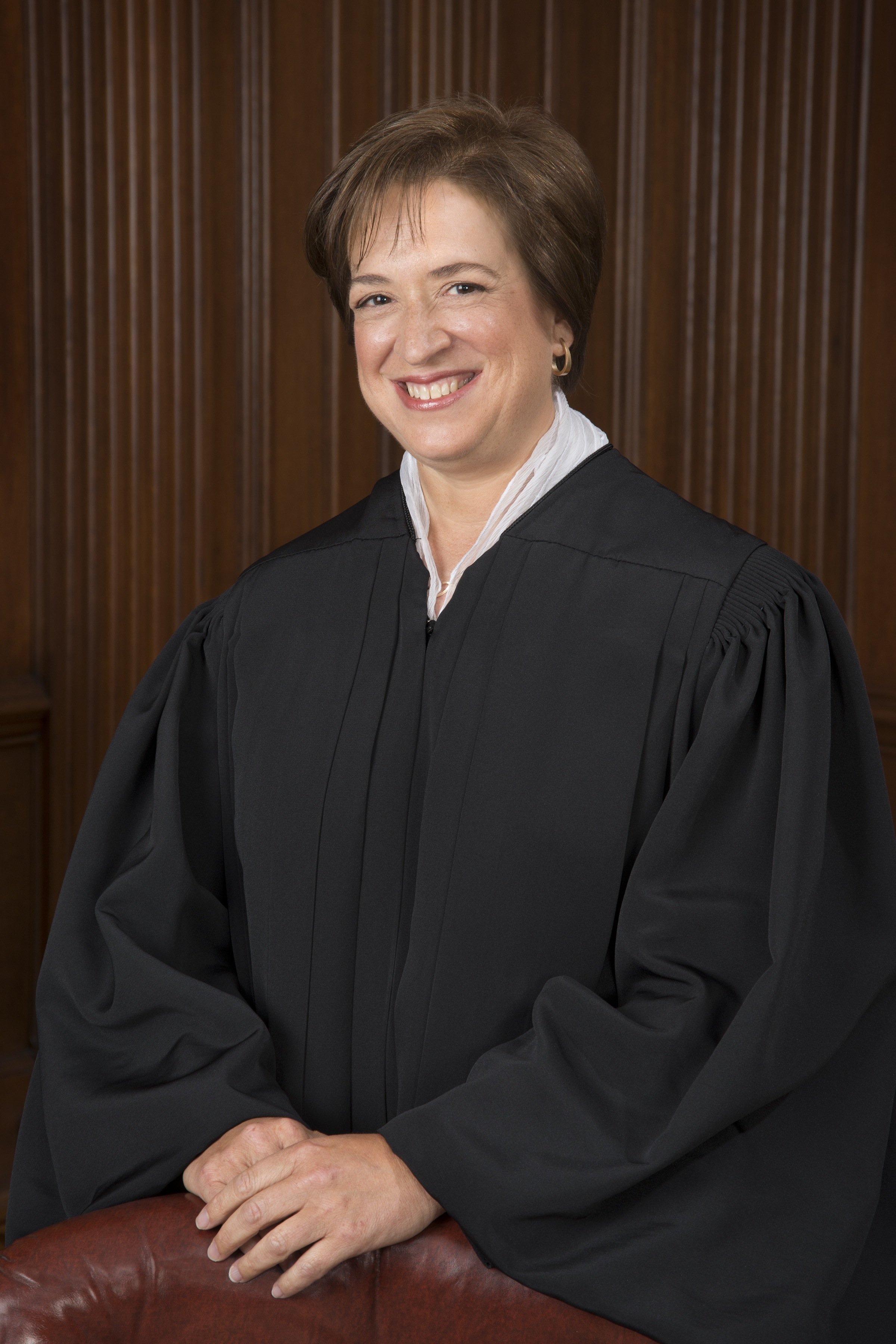United States v. Stevens
Case Overview
CITATION
559 U.S. 460 (2010)
ARGUED ON
October 6, 2009
DECIDED ON
April 20, 2010
DECIDED BY
Legal Issue
Did 18 U.S.C. § 48(3), which criminalized “knowingly selling depictions of animal cruelty with the intention of placing those depictions in interstate commerce for commercial gain,” violate the First Amendment’s protection of the right to free speech?
Holding
Yes. 18 U.S.C. § 48 (3) is substantially overbroad and violates the First Amendment’s protection of the right to free speech.
Pennsylvania Attorney General Jerry Pappert watching a recording of a dog fight at a news conference | Credit: John Heller, the AP
Background
In 1999, 18 U.S.C. § 48 was enacted. In part, it read:
(3) Distribution of animal crush videos.— It shall be unlawful for any person to knowingly sell, market, advertise, exchange, or distribute an animal crush video in, or using a means or facility of, interstate or foreign commerce.
Robert Stevens, an author and small-time film producer, was sentenced to 37 months under the law for his involvement in creating and selling videos showcasing pit bull fights, despite not directly participating in the dogfights. Federal authorities charged him under 18 U.S.C. § 48(3) for the commercial production and sale of images depicting animal cruelty. The videos produced by Stevens depicted pit bulls engaged in fights with each other or attacking other animals.
Stevens appealed his conviction, arguing that 18 U.S.C. § 48 was unconstitutional on its face because it violated the First Amendment’s protection of the right to free speech. The U.S. Court of Appeals for the Third Circuit agreed, and they reversed his conviction before the Supreme Court granted certiorari.
Summary
8 - 1 decision for Stevens
United States
Stevens
Roberts
Thomas
Kagan
Alito
Breyer
Ginsburg
Sotomayor
Scalia
Kennedy
Opinion of the Court
Writing for the majority, Chief Justice John Roberts emphasized that depictions of animal cruelty should not be considered as falling outside the protection of the First Amendment. He pointed out that while laws prohibiting animal cruelty have a long history in the United States, “we are unaware of any similar tradition excluding depictions of animal cruelty.” Citing Ashcroft v. American Civil Liberties Union (200), Roberts elaborated on the expansive protections offered by the First Amendment. He wrote, “[a]s a general matter, the First Amendment means that government has no power to restrict expression because of its message, its ideas, its subject matter, or its content.”
Roberts also critiqued the government’s argument that the law targets specific forms of animal cruelty depictions, noting that their interpretation of the exceptions clause was overly broad and unrealistic. Particularly, he highlighted that many depictions such as hunting, writing “[m]ost hunting videos, for example, are not obviously instructional in nature, except in the sense that all life is a lesson.” Roberts clarified that the decision did not delve into the constitutionality of a law narrowly focused on extreme forms of animal cruelty, but rather deemed Section 48 to be excessively broad in its reach, thus invalidating it on those grounds. He concluded, “[w]e hold only that §48 is not so limited but is instead substantially overbroad.”
Dissenting Opinion by Justice Alito
In his solo dissent, Justice Samuel Alito argued that Section 48 because the statute targeted acts of extreme animal cruelty, specifically crush videos, and disagreed with the Court’s assertion that the law was substantially overbroad. He wrote, “[t]he Court strikes down in its entirety a valuable statute that was enacted not to suppress speech, but to prevent horrific acts of animal cruelty—in particular, the creation and commercial exploitation of ‘crush videos,’ a form of depraved entertainment that has no social value.”
Alito stressed that the law was not intended to suppress speech but rather to prevent egregious acts of animal cruelty, aligning it with laws that combat child pornography upheld in previous cases. Alito noted that in Ferber v. New York (1982), the Court upheld the validity of a law against child pornography that was parallel to Section 48. He explained that “while protecting children is unquestionably more important than protecting animals, the Government also has a compelling interest in preventing the torture depicted in crush videos.” He asserted that the unique nature of these videos adds to the necessity for their restriction, writing that “[c]rush videos present a highly unusual free speech issue because they are so closely linked with violent criminal conduct.”









